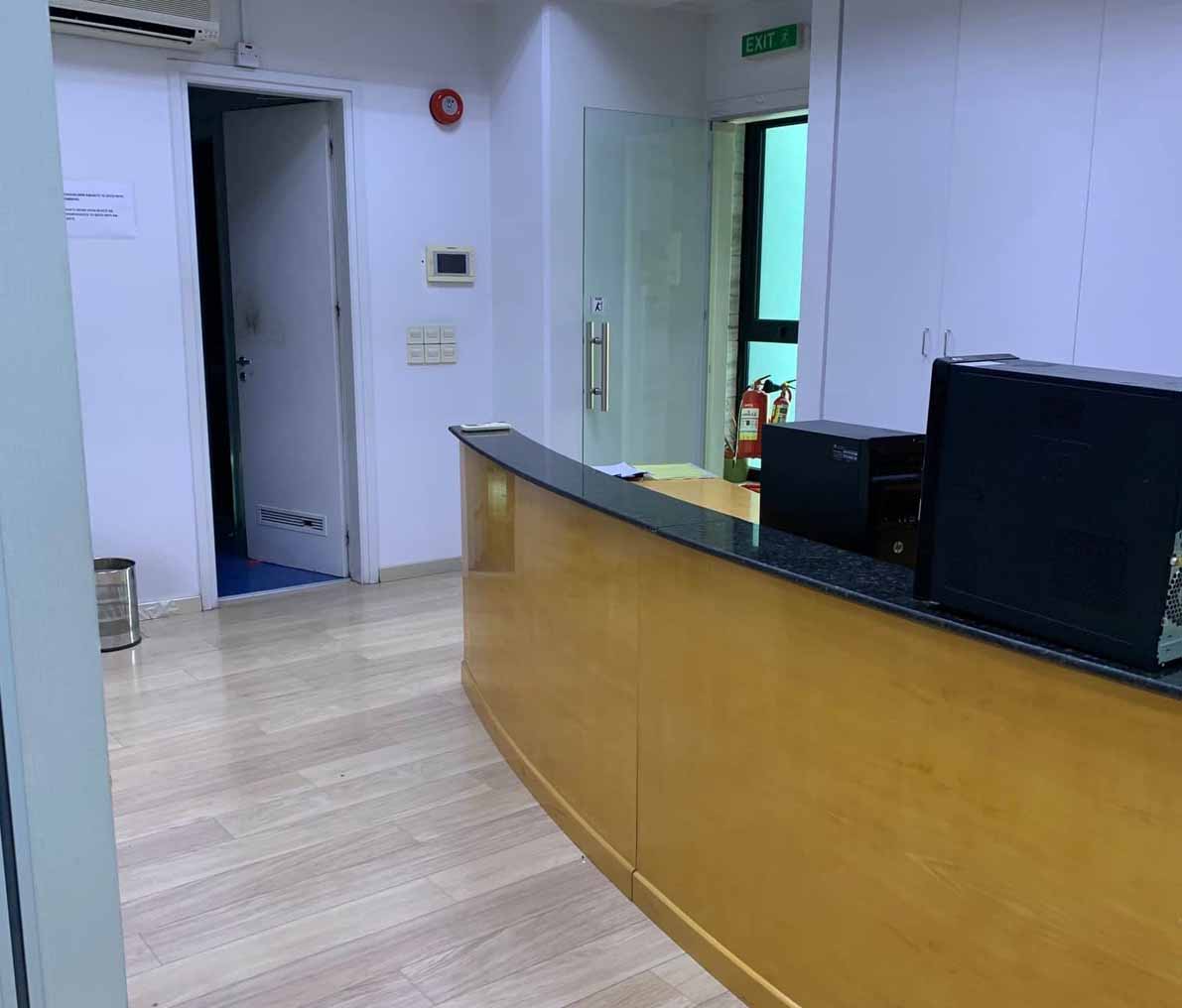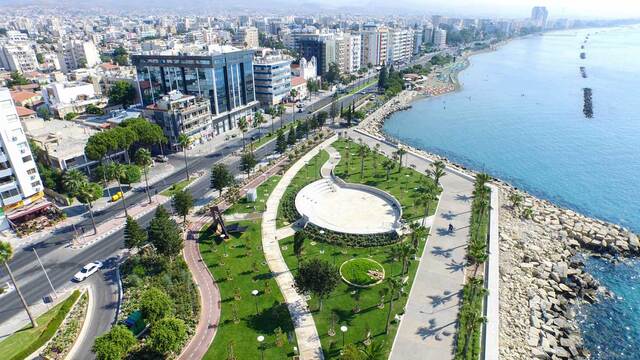Office rental rates are on the rise throughout the island, reaching the highest levels in five years and shaking off the COVID-19 effects for good, according to a recent Cyprus property market study.
Powered by increased foreign investment, rising demand for office space has put a smile on many stakeholders’ faces.
According to Danos International Property Consultants and Valuers, rental prices nationwide increased by about 8.5% year-on-year in the first quarter of 2024. Compared to the same period in 2019, the increase is around 10%.
Office rents declined during the pandemic, reaching their lowest point in the first quarter of 2022, about 14% below current levels.
Limassol and Larnaca lead the way
According to the Danos data, Limassol and Larnaca are leading the charge in office rental price increases. The capital, although in third place, is showing a steady recovery.
In Limassol, office rentals during the first quarter of the year were €25-50 per square metre in 2024, up from €20-45/sq.m. in 2023, marking an average increase of around 18%.
In Larnaca, office rental prices have almost doubled, ranging €15-20/sq.m. this year, compared to €8-12/sq.m. in 2023.
In Nicosia, office rental rates for the first quarter of 2024 are in the range of €15-30/sq.m., compared to €12-23/sq.m. in 2023.
In Famagusta district, office rental prices range from €10 to €15 per square metre, up from €5 to €12 per square metre in 2023.
In Paphos, office rental prices are estimated at €10 to €15 per square metre in 2024, compared to €7 to €10/sq.m. in 2023.
Prices are relative and not absolute, depending on location, materials, age, and other characteristics and specifications of the properties.
Office sale prices
Regarding sales, prices have remained at 2023 levels in the first quarter of 2024, with increases recorded in Larnaca and Famagusta district.
In Limassol, prices have more or less remained unchanged from 2023, ranging from €5,000 to €6,000 per square metre.
Similarly, prices in the capital range from €3,000 to €4,500/sq.m., close to 2023 levels.
In Larnaca, office sale prices in the first quarter of 2024 increased to €2,500-3,500 per square metre from €2,000-3,000/sq.m. in 2023.
In Famagusta district, prices rose to €2,000-2,500 per square metre from €1,500-2,000/sq.m. in 2023.
In Paphos, prices remained the same at €2,500/sq.m. at the upper level, while the lowest prices are estimated at €2,000/sq.m. from €1,500 in 2023.
Strong demand for Grade A offices
The demand for modern, Grade A offices is expected to continue throughout 2024, driven by both the private and public sectors.
Businesses and organisations are looking to move from older buildings to contemporary state-of-the-art facilities that are energy efficient.
The current supply of offices, along with projects in the pipeline, will balance prices in the medium term, albeit at relatively high levels due to demand, costs, and new standards.
“At Danos International Property Consultants and Valuers, we have received a request from a major company active in the oil processing sector looking to relocate to energy-upgraded offices,” said Kyriacos Kiliaris, Chief Marketing Officer.
“Additionally, foreign investors are seeking investment opportunities, buying offices to lease to companies looking for a base in Cyprus. Interest remains strong.”
Danos recently carried out a valuation survey, facilitating the sale of office facilities valued at around €40 mln to a Real Estate Investment Company (REIC) from Greece.
The market for commercial property investments in Cyprus remains particularly attractive, in contrast to trends elsewhere in the world. Many companies, including global giants, are choosing to set up their offices here due to the quality of life, strategic location, and tax system advantages, Kiliaris explained.
However, many commercial buildings are outdated, and with the influx of international companies, there is a pressing need for new, modern buildings with the latest in energy upgrades, underscoring the need for stakeholders and the government to draw up a joint action plan.










